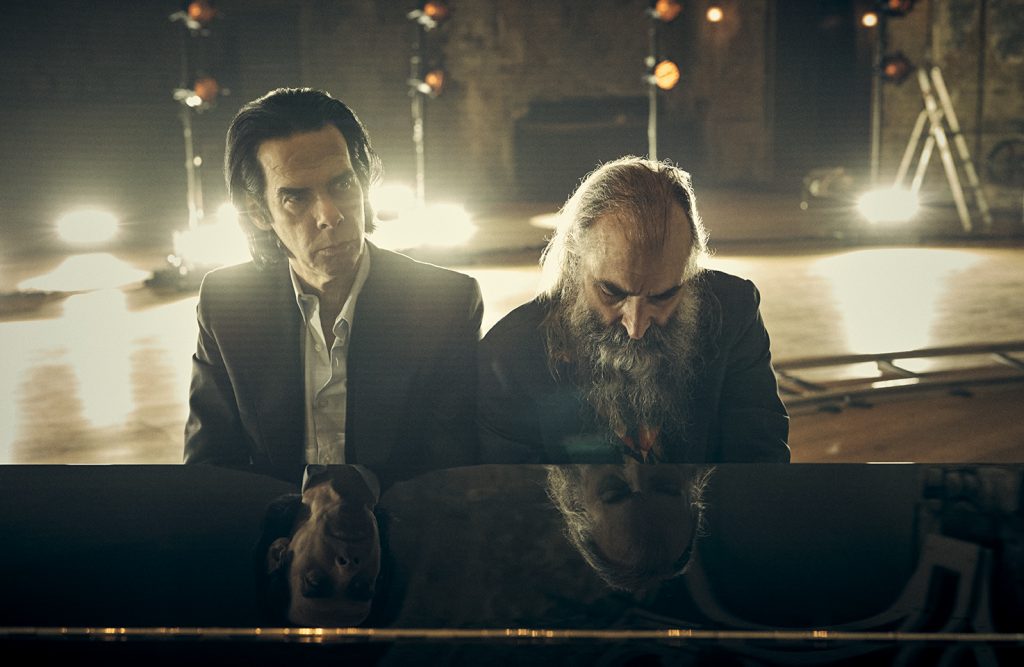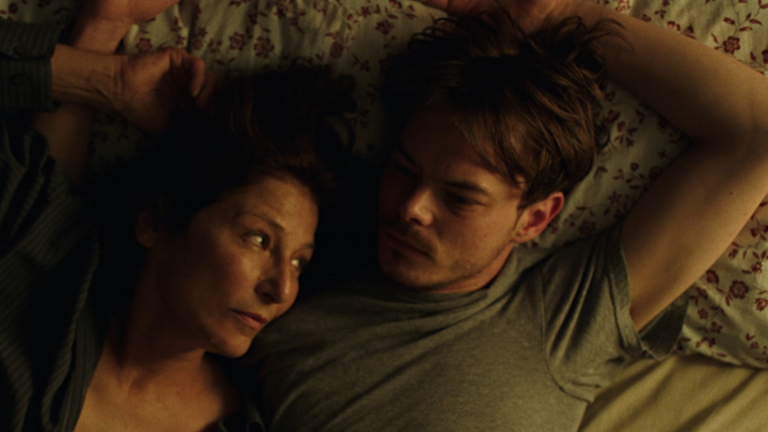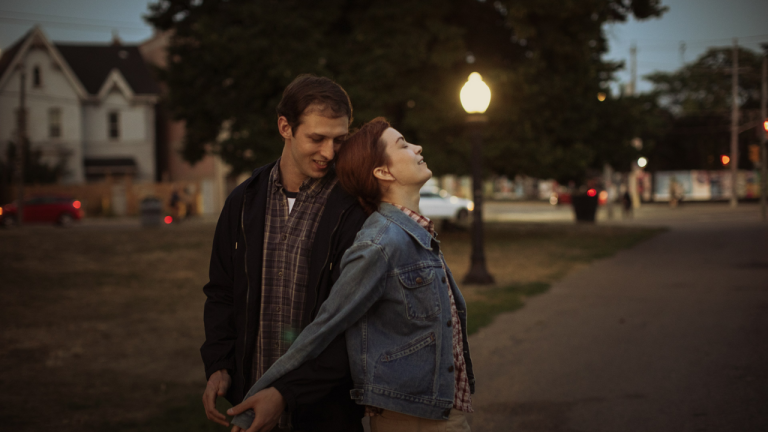In process philosophy, the shifting relationships, changes, and processes are identified as fundamental truths, the only elements shaping up our real ordinary world. Contrary to classical philosophy, which claims processes to be illusory, process philosophy posits dynamism to have an existence of its own and transitional moments of change to be foundational to the real world. In the physics of becoming, processes take precedence over substance. While watching Andrew Dominik’s This Much I Know to Be True, and I wondered what art is? Is it the outcome that exists both physically and virtually or the becoming?
This Much I Know to Be True is a documentary that captures Nick Cave’s creative ruminations and songs from his and Warren Ellis’ last two studio albums, Ghosteen and Carnage. It features the performances of Nick Cave and Warren Ellis, as well as Cave’s personal engagements in his effort to understand life and channel his creativity. It features multiple songs by Cave and his team of singers, instrumentalists, and staff that invoke life in words. It is about the process, the becoming, and not about the substance that finally precipitated from the churning of creativity, longing, and existentialism. In the process, This Much I Know to Be True becomes a testament to its existence as an art, which is but becoming. In other words, does art has a dual existence, one that is its process of creation and one that is its own physical configuration? Therefore, art is essentially created at the genesis of the effort that leads to successive efforts, all of which culminate to render an outcome, which is also art. The argument for process philosophy gets strengthened further due to the artistic virtue of this film, a film reflecting creation.
What is the foundation and merit to my argument when I say that This Much I Know to Be True is a reflection of becoming, which is art; And because becoming is being, the process of creation is elemental to the ordinary everyday real world more than the creation itself?
It is the experience itself.
Watching This Much I Know to Be True is to experience the manifestation of feelings and then see those feelings become fluid and flow in the frame as they vitalize your senses. Indeed, This Much I Know to Be True is sensorial. It is not devoid of a visual appeal, but the visual appeal is only complementary to its acoustic attributes. In many ways, this documentary reminded me of Paul Thomas Anderson’s Junun. But while Junun was strictly about the eventuality that is gained through the process of creation, This Much I Know to Be True is about creation itself, and the process is its eventuality. Junun is about the means to an end. This Much I Know to Be True is about means. This comment, however, has no bearing on the otherwise merit of Junun in the Behind-the-scenes documentary space.

Nick Cave’s songs are personal. The compositions are his catharsis. He is visibly attempting to embrace his loss through the means of faith. He holds onto his will to believe in the meaning of all existence. His words carry the weight of his grief, but his voice makes them float as if grief is acknowledged but never allowed to have a consuming power on the enthusiasm that is inherent to existence. This is further established when Nick doesn’t forget to acknowledge the meaningfulness of the world and the people. He sees beauty in existentialism. He knows the gravity with which questions arise, and therefore, an attempt to answer them must also have gravity.
Related to This Much I know to be True – The Last Music Store [2016] ‘mubi’ Review: An Ode To The Passing Time In The Moving World
It is mesmerizing to witness him perform. Numerous occasions in the film become transcendental, leaving you euphoric but also weightless. The charm of the film is remarkably antithetical to the purpose of cinema. Cinema is a visual document, the purpose of which is a suspension of disbelief through continued engagement. To experience cinema is to watch it in a rudimentary sense. This Much I Know to Be True’s harmony prevents one from continuously watching it. There are occasions when you would want to shut off your vision so that you can enhance your auditory concentration and experience it through sound. And when there are no performances, Nick Cave’s narration act like an anchor keeping the documentary on the shores of cinema, preventing it from sailing deep into the sea of music. Andrew Dominik deserves applause for securing engagement while experimenting with the form.
This Much I Know to Be True was a surprising experience for me. I was unaware of the musician Nick Cave is or his life. I did not know that this documentary is also a companion piece to another Andrew Dominik documentary One More Time With Feeling (2016), based on Nick Cave only. Going blind to the film turned in my favor as I could enjoy it in unconventional ways. And I am sure it would be a delight for those avid listeners of Nick Cave.




![Judy & Punch [2019]: ‘MAMI’ Review – An old fashioned fairytale marred by a tone-deaf narrative](https://79468c92.delivery.rocketcdn.me/wp-content/uploads/2019/12/Judy-Punch-Movie-Review-768x433.jpg)



